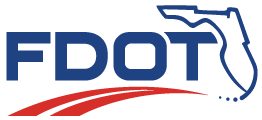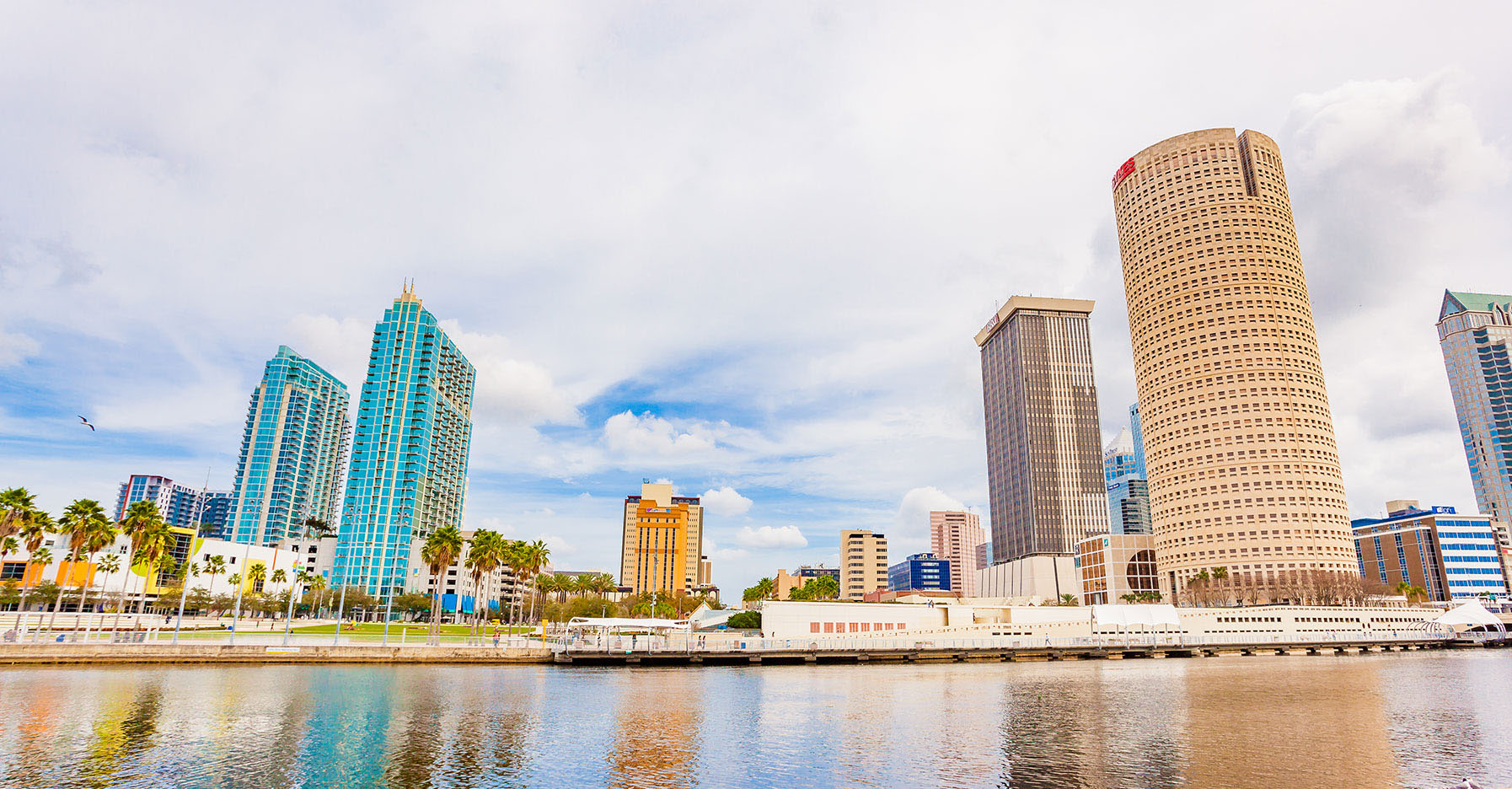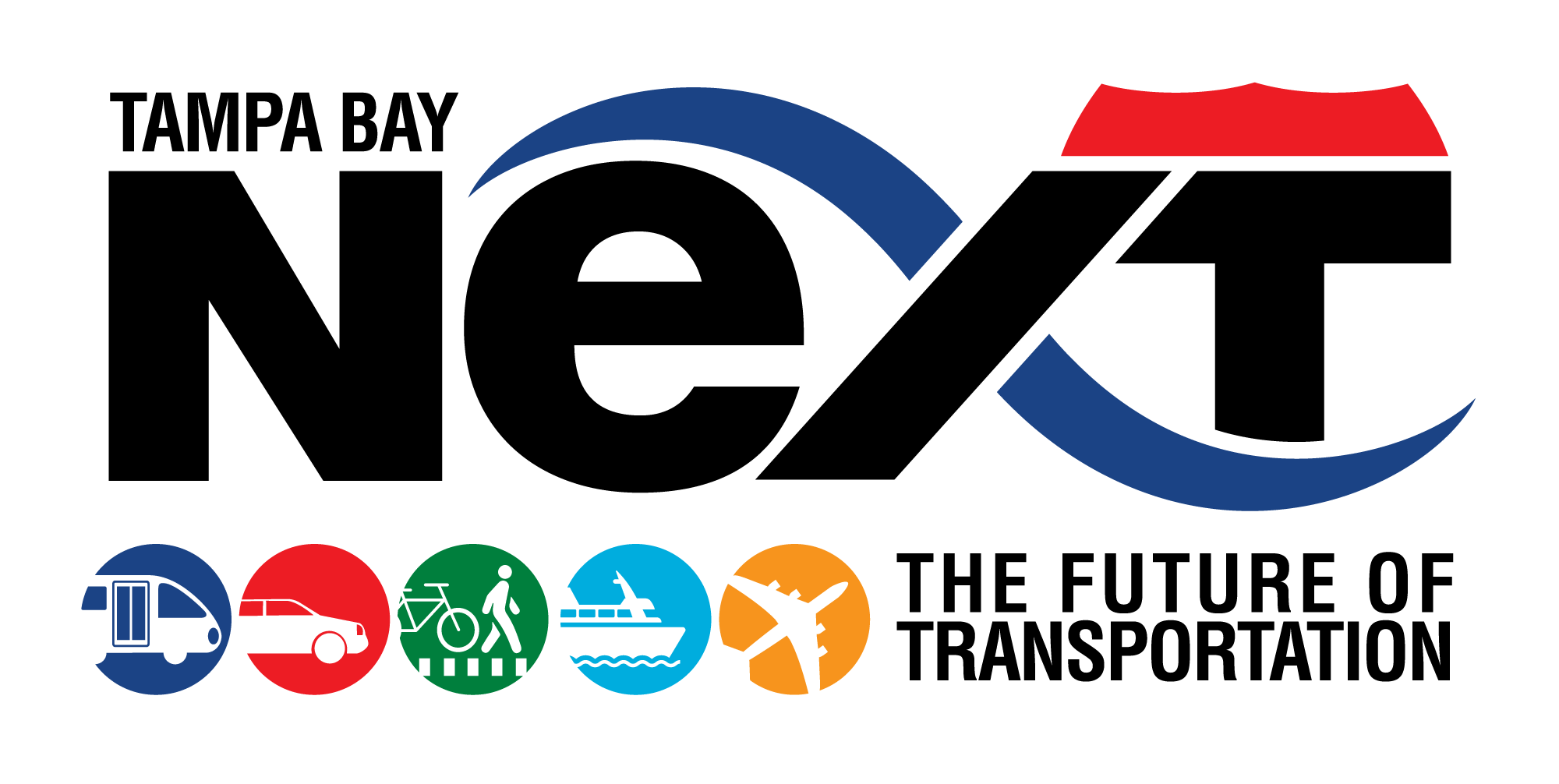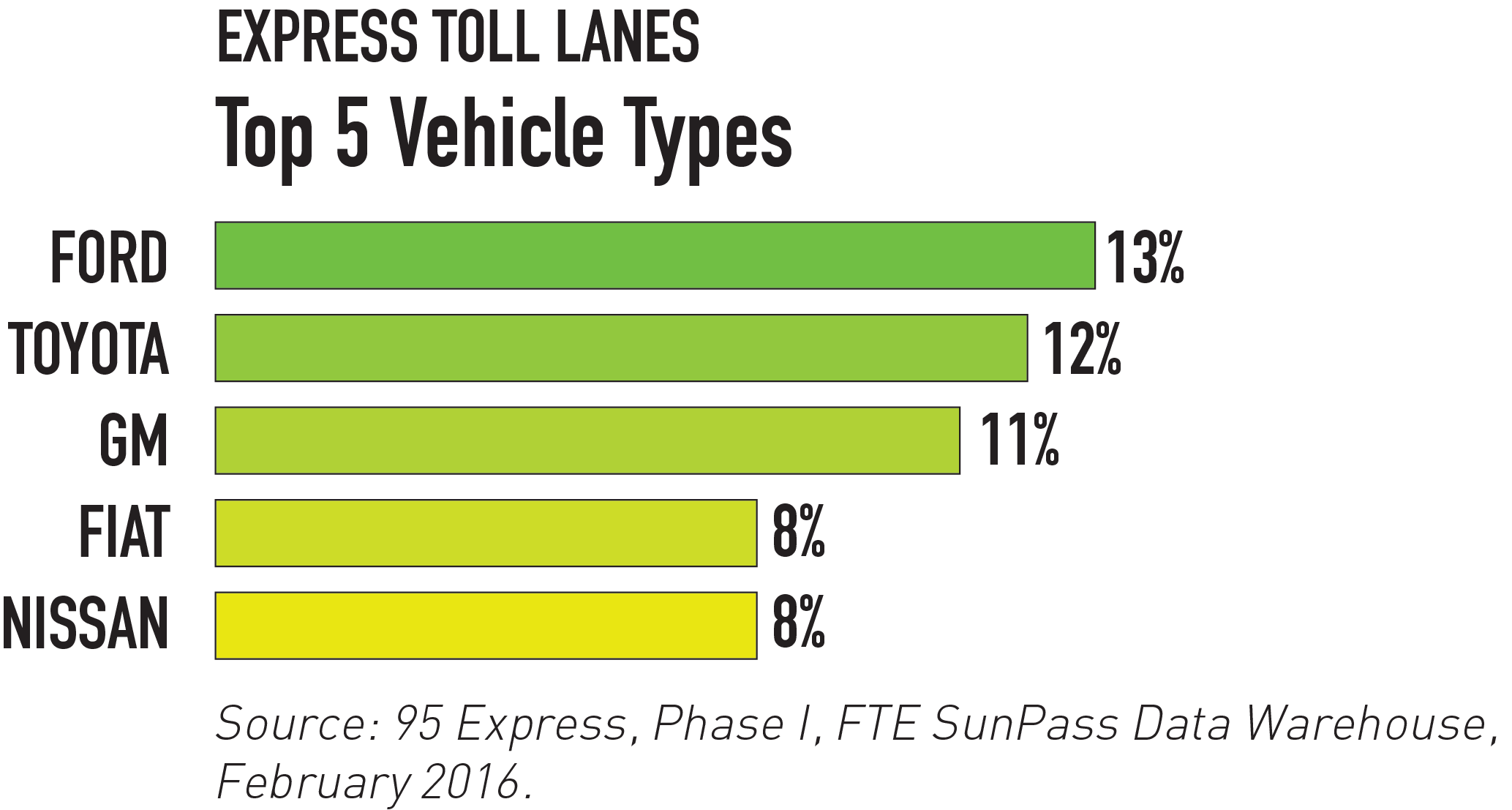Express lanes are optional travel lanes, located on an interstate or toll road, that customers can choose to use when they want to bypass congestion. The goal of express lanes is to ease congestion, improve the flow of traffic and give drivers travel options. Express lanes are dynamically priced to maintain steady traffic flow in the lanes themselves. Prices change based on the amount of traffic in the express lanes. With dynamic pricing, prices increase as the express lanes become more congested and decrease as congestion goes down. Dynamic pricing is designed to provide more predictable travel times, particularly during peak travel. Express lanes are used successfully across the nation to manage congestion and provide reliable travel times in high-growth, urban areas, even in areas with robust transit systems.
What are Express Lanes?
As with transit, express lanes are just one of the many tools FDOT uses to address complex transportation and mobility challenges.
National Popularity of Express Lanes
Express lane projects are gaining popularity as congestion management tools in urban areas across the Unites States because they are cost effective facilities that provide active management of transportation demand.
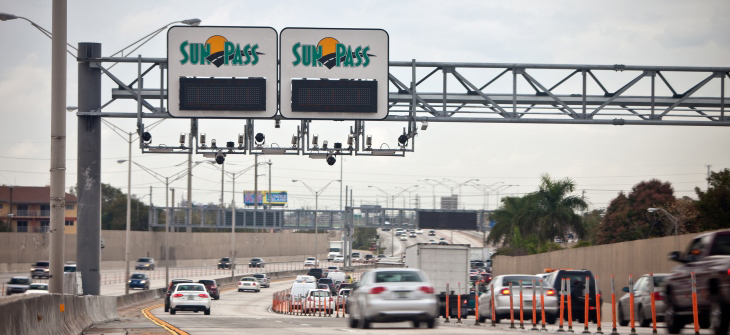
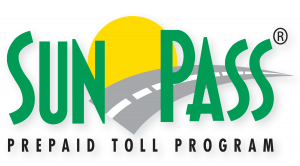
Tolls will be collected by SunPass and not by toll by plate. For more information about SunPass Prepaid Toll Program visit www.Sunpass.com
Correcting Misinformation
Express lane benefits are NOT limited to the express lanes.
According to the Traffic and Revenue Study mentioned above, an estimated 20-30% of vehicles would use express lanes during peak hours if they were available. Think about that – If you are driving in a congested general purpose lane, and every 5th vehicle gets out of your way, wouldn’t you get where you’re going a lot faster? In Miami’s I-95 express lanes, there were benefits to both general purpose lanes and transit ridership:
- General purpose lane speeds during rush hour increased from 19 to 45 MPH
- Travel speeds in the express lanes increased from 19 MPH to 57 MPH during rush hour
- Bus rapid transit service in the corridor increased by almost 300 percent
Where are express lanes planned for Tampa Bay?
- I-275 Pinellas Corridor
- Gateway Expressway (under construction)
- Howard Frankland Bridge (4 non-tolled lanes and 2 express lane in each direction, under construction)
- Veterans Expressway (an express lane in each direction between Memorial Highway and N. Dale Mabry exits)
- Westshore Area Interchange
- I-275 from Westshore to Downtown Tampa (Ashley Drive/Tampa Street)
- I-4 Corridor
- I-75 Corridor
